Embark on a captivating journey through the diverse and enchanting world of Bahamian wildlife. Explore native mammals, vibrant bird species, mesmerizing marine life, buzzing insects, and fascinating reptiles.
Bahamian HutiaNative MammalsNocturnal, spherical bodies, small legs, lengthy whiskers
Bahamian RacoonNative MammalsDistinctive black and gray fur, ringed tails, agile climbers
Bahama ParrotBird SpeciesVibrant green feathers, playful personality, skilled mimics
Bahama WoodstarBird SpeciesIridescent plumage, quick flight, delicate hummingbird
Coral ReefsMarine LifeRainbow of colors, diverse fish and aquatic creatures
Sea TurtlesMarine LifeGentle giants, graceful gliders, rest on sandy seabeds
Bahamian Swallowtail ButterflyInsects/ArachnidsElegant flight, striking colors
Bahamian Land CrabInsects/ArachnidsTerrestrial crustacean, maintains nitrogen balance
Bahamian BoaReptiles/AmphibiansNon-venomous snake, expert climbers, striking patterns
Northern Bahamian Rock IguanaReptiles/AmphibiansRobust build, spiky crests, vibrant coloring
Eleutherodactylus planirostris (Whistling Frog)Reptiles/AmphibiansHigh-pitched noises, controls insect populations
Learn about the importance of conservation efforts and how anyone may help to conserve endangered species. Immerse yourself in the lush woodlands and seaside greens that serve as a haven for a wide variety of plant and animal species.
Join us as we uncover the wonders of Bahamian wildlife.
Native Mammals in the Bahamas
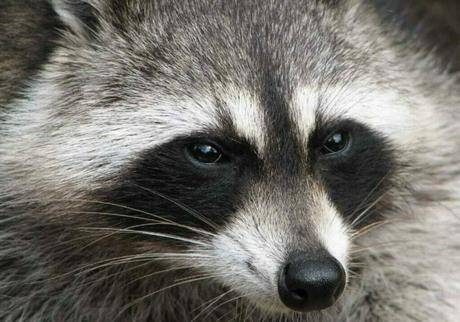
The Bahamas are famous not just for their stunning beaches and crystalline waters, but also for their diverse animal species. Native mammal species in the Bahamas have adapted to the island environment and showcase intriguing behaviors and characteristics. One such species is the Bahamian Hutia, a small and adorable creature that can be found in various habitats throughout the islands.
These nocturnal creatures have spherical bodies, small legs, and lengthy whiskers. It may be a nice experience to see them in their natural habitat, running among trees and shrubs in quest of food. Another fascinating mammal species found in the Bahamas is the Bahamian Racoon.
These curious creatures are known for their distinctive black and gray fur and ringed tails. With their agile climbing skills and mischievous nature, they often capture the attention of visitors. Spotting a Bahamian Racoon can be a memorable encounter, especially during their active hours at dusk and dawn.
Bahamian Bird Species
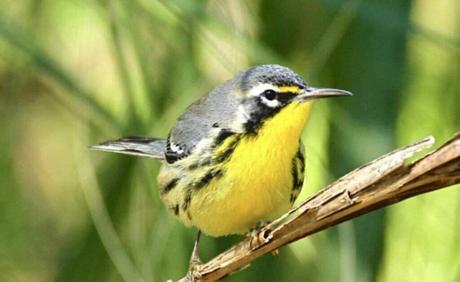
For bird enthusiasts, the Bahamas is a true paradise teeming with an impressive variety of avian species. One iconic bird species in the Bahamas is the Bahama Parrot, a vibrant and charismatic creature that adds splashes of color to the island scenery. With its emerald-green feathers and playful personality, the Bahama Parrot is a sight to behold.
These intelligent birds are skilled mimics and can be heard imitating various sounds from their surroundings. Another avian gem is the Bahama Woodstar, a small hummingbird species that captures the hearts of nature enthusiasts. Known for its iridescent plumage and quick flight, the Bahama Woodstar is a delicate jewel in the air.
Watching them hover near flowers as they feed on nectar is a breathtaking experience showcasing these remarkable birds’ grace and beauty.
Marine Life in the Bahamas
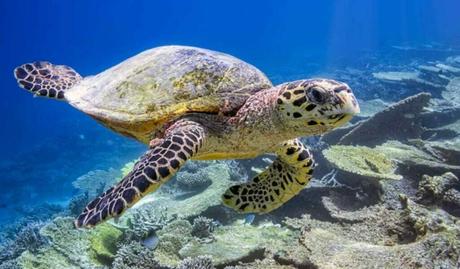
Diving into the mesmerizing underwater world of the Bahamas reveals an array of captivating marine life. The coral reefs that surround the islands are a rainbow of colors, and they are home to a variety of fish, crabs, and other aquatic creatures. Exploring these reefs provides an opportunity to witness the vibrant and diverse underwater ecosystem firsthand.
The Bahamas is also home to magnificent sea turtles, which grace the coastal waters with their presence. These gentle giants can often be encountered while snorkeling or diving, gracefully gliding through the depths or peacefully resting on sandy seabeds. Seeing these gorgeous creatures in their native environment is an unforgettable experience that emphasizes the need of marine conservation efforts.
Insects and Arachnids
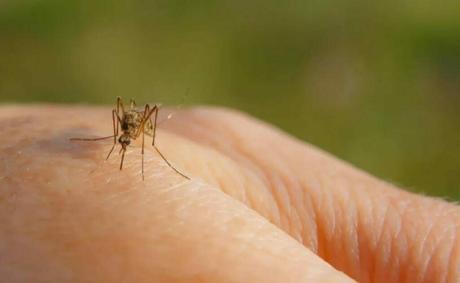
The Bahamas buzzes with life when it comes to insects and arachnids. Various species have adapted to the island environment in these diverse ecosystems, showcasing remarkable survival strategies. The Bahamian Swallowtail Butterfly is a captivating insect species that captivates with its elegant flight and striking colors.
These butterflies, seen throughout the islands, are a monument to the natural world’s splendor. Another intriguing creature is the Bahamian Land Crab, a terrestrial crustacean that scuttles across the islands. These land crabs perform an important function in the ecology, helping to maintain nitrogen balance and soil health.
Witnessing their peculiar behavior during the breeding season, when they migrate to the sea for reproduction, is fascinating.
Endangered Species
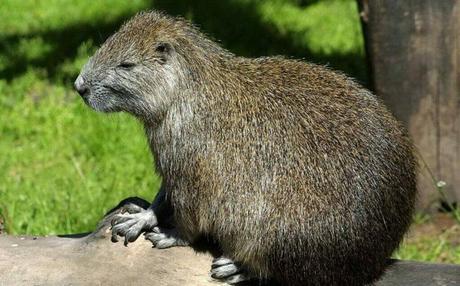
While the Bahamas provides a haven for many animal species, it is critical to address the issues that some of its residents endure. Several species in the Bahamas face extinction as a result of habitat loss, climate change, and human activities. Conservation activities are critical in safeguarding and assuring the survival of these fragile species.
By raising awareness and supporting initiatives focused on preservation, we can help safeguard the future of these incredible creatures. It is vital to remember that each individual may contribute to the conservation of Bahamian wildlife.
Reptiles and Amphibians
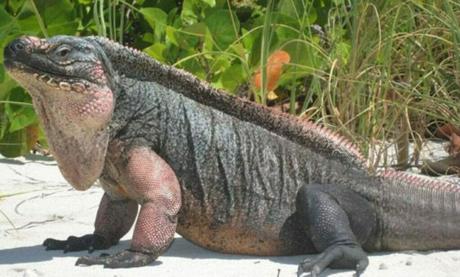
The Bahamas is home to a fascinating array of reptiles and amphibians, showcasing the diverse herpetofauna found in these tropical islands. The Bahamian Boa is a non-venomous snake found in a range of habitats, including forests and coastal areas. These boas are expert climbers and can often be seen gracefully maneuvering through trees.
With their striking patterns and docile nature, they are a subject of fascination for nature enthusiasts. Another captivating reptile species is the Northern Bahamian Rock Iguana, an iconic creature that inhabits certain islands of the Bahamas. These impressive iguanas are known for their robust build, spiky crests, and vibrant coloring. Observing their sunbathing rituals or witnessing their unique courtship displays can be a remarkable experience.
In addition to reptiles, the Bahamas is home to a diverse assortment of amphibians. The Eleutherodactylus planirostris, sometimes known as the “whistling frog” or “coqui,” is a remarkable amphibian species. Despite its diminutive size, this frog makes remarkable high-pitched noises that may be heard all night. These amphibians play an important ecological role in controlling insect populations.
Exploring the diverse habitats of the Bahamas, from lush forests to freshwater wetlands, offers opportunities to encounter these intriguing reptiles and amphibians and gain a deeper appreciation for their role in the local ecosystem.
Plant Life and Ecosystems
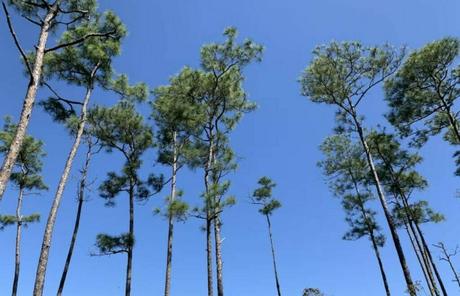
The Bahamas boasts breathtaking landscapes, pristine beaches, and a fascinating array of plant life that forms the foundation of its diverse ecosystems. From coastal vegetation to lush inland forests, the plant species found in the Bahamas play a vital role in supporting the local wildlife populations. Coastal vegetation such as mangroves and seagrasses thrive in brackish waters and provide vital habitat for a range of marine species.
These unique ecosystems serve as nurseries, offering protection and sustenance to juvenile fish and other marine organisms. Furthermore, mangroves operate as natural buffers, reducing the impact of storms and stabilizing coasts, making them an essential component of the Bahamian coastal environment.
Moving further inland, the Bahamas showcases a variety of terrestrial plant communities. In the rocky areas, resilient plants like the Bahamas Silver Palm and the Ironwood tree have adapted to the harsh conditions, with their deep-rooted systems and hardy foliage. Exploring the Bahamas’ woodlands exposes an enchanted world teeming with native orchids, bromeliads, and other tropical vegetation.
These lush forests provide vital habitats for numerous bird species, acting as nesting grounds and offering shelter from predators. Understanding the different plant communities and their significance in the Bahamian ecosystems provides a deeper appreciation for the intricate web of life that thrives in these island environments.
Nature Reserves and Wildlife Sanctuaries
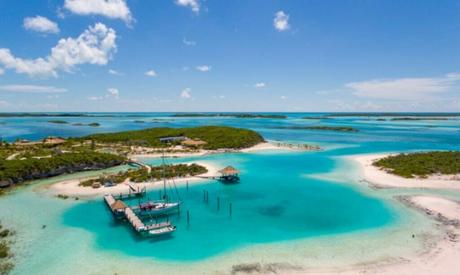
In the Bahamas, several nature reserves and animal sanctuaries have been built to conserve and preserve the varied wildlife and plant species. These protected areas operate as essential havens for endangered species as well as research, conservation, and education hubs. One notable reserve is the Exuma Cays Land and Sea Park, a pristine marine reserve spanning over 176 square miles.
This protected region is home to vivid coral reefs, seagrass beds, and mangrove ecosystems, as well as a variety of marine life such as sea turtles, rays, and colorful fish species. The Exuma Cays Land and Sea Park also offers visitors the opportunity to appreciate the natural beauty of the Bahamas while promoting responsible and sustainable tourism practices.
In addition to marine reserves, there are terrestrial nature reserves and national parks in the Bahamas. The Lucayan National Park, for example, showcases the island’s unique limestone landscape, complete with picturesque sinkholes and underground caves. This park provides guided tours that allow visitors to explore the fascinating geological features while learning about the many plant and animal species that thrive in the area.
By visiting and supporting these nature reserves and wildlife sanctuaries, visitors contribute to the conservation efforts in the Bahamas and help ensure the preservation of its natural heritage for future generations.
Conservation Efforts and Organizations
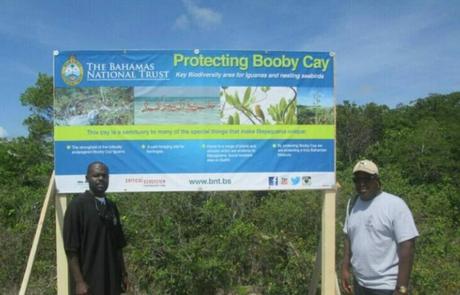
The preservation of Bahamian wildlife is a collaborative effort involving dedicated organizations and passionate individuals working toward conservation. Several notable organizations are committed to protecting the unique and fragile ecosystems of the Bahamas and safeguarding its diverse wildlife. One such example is the Bahamas National Trust (BNT), a non-profit organization in charge of managing the country’s national parks, protected areas, and marine reserves.
The BNT actively supports conservation via study, education, and lobbying to preserve the Bahamas’ natural heritage for future generations. They work with local communities, government agencies, and international partners to establish sustainable conservation methods and create awareness about the importance of Bahamian wildlife protection.
The Cape Eleuthera Institute (CEI), an institution focusing on scientific research, teaching, and outreach, is another important actor in the Bahamas’ conservation environment. The CEI conducts studies on various aspects of Bahamian ecology and conservation, including marine ecosystems, endangered species, and sustainable fisheries. Through their research efforts, they gather valuable data to inform conservation strategies and contribute to the overall understanding of Bahamian wildlife.
The CEI also offers educational programs and seminars that educate both residents and visitors about the value of environmental stewardship and the need of conserving the Bahamas’ unique biodiversity.
FAQ

What type of wildlife is in the Bahamas?
The wildlife of the Bahamas is diverse, including native mammals, reptiles, amphibians, bird species, and marine life. Its ecosystems boast a variety of creatures, such as the Bahamian Hutia and Bahamian Racoon among the mammals, the Bahama Parrot and Bahama Woodstar among the bird species, and sea turtles and vibrant coral reefs among the marine life.
What animals is the Bahamas known for?
The Bahamas is renowned for its unique and fascinating animal species. Notable animals include the Bahamian Hutia and Bahamian Racoon, which are native mammals found in various habitats. The Bahama Parrot and Bahama Woodstar are iconic bird species known for their vibrant colors and captivating behaviors. The Bahamas are also well-known for its diverse marine life, which includes sea turtles, colorful fish, and intricate coral reefs.
Are there monkeys in the Bahamas?
Monkeys are not native to the Bahamas. The Bahamas primarily consists of islands in the Caribbean, and its natural fauna does not include monkey species. The absence of monkeys can be attributed to the geographic isolation and ecological factors that have shaped the local biodiversity of the archipelago.
What animals swim in the Bahamas?
The Bahamas is home to diverse marine animals that swim in its crystal-clear waters. Some notable swimming creatures include Atlantic bottlenose dolphins, sea turtles (such as green turtles and loggerheads), various species of sharks (such as lemon sharks and nurse sharks), stingrays, colorful tropical fish, and vibrant coral reefs. These magnificent marine creatures contribute to the allure of the Bahamas as a premier destination for snorkeling, scuba diving, and other water-based activities.

